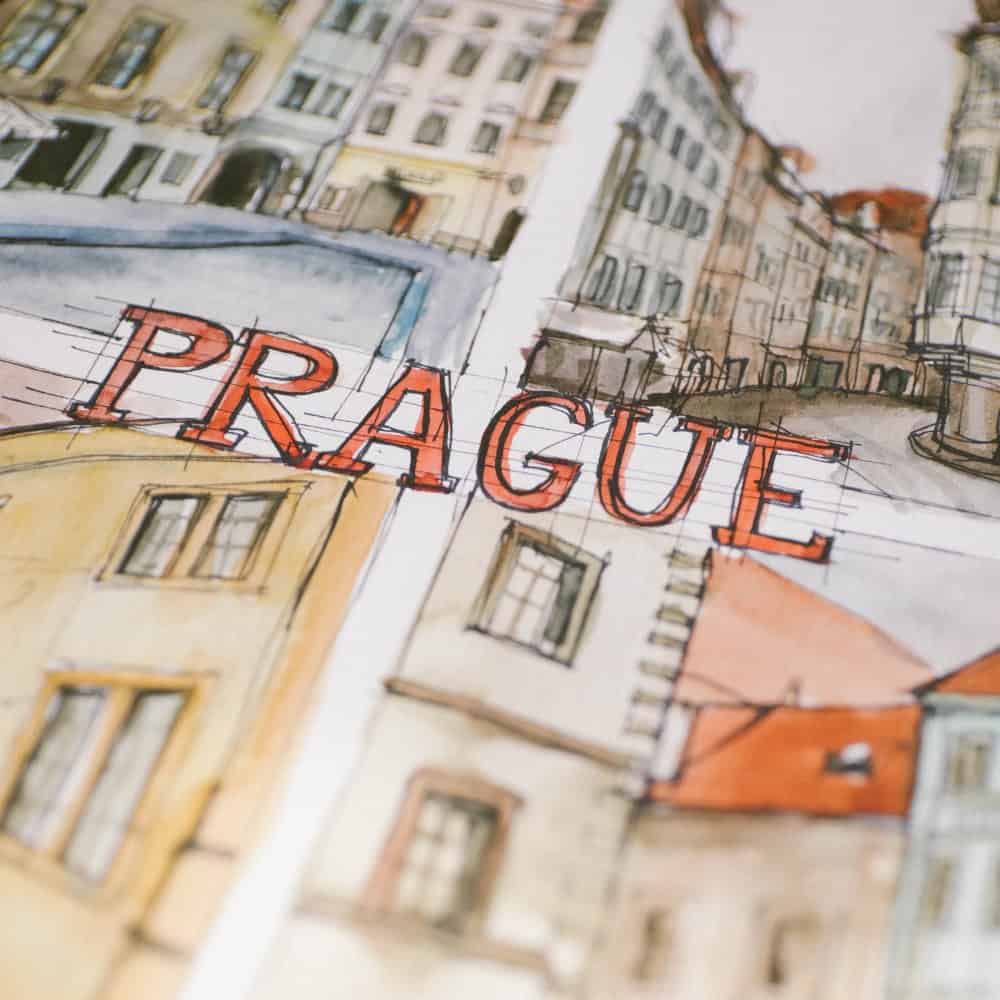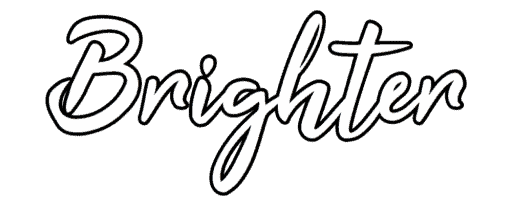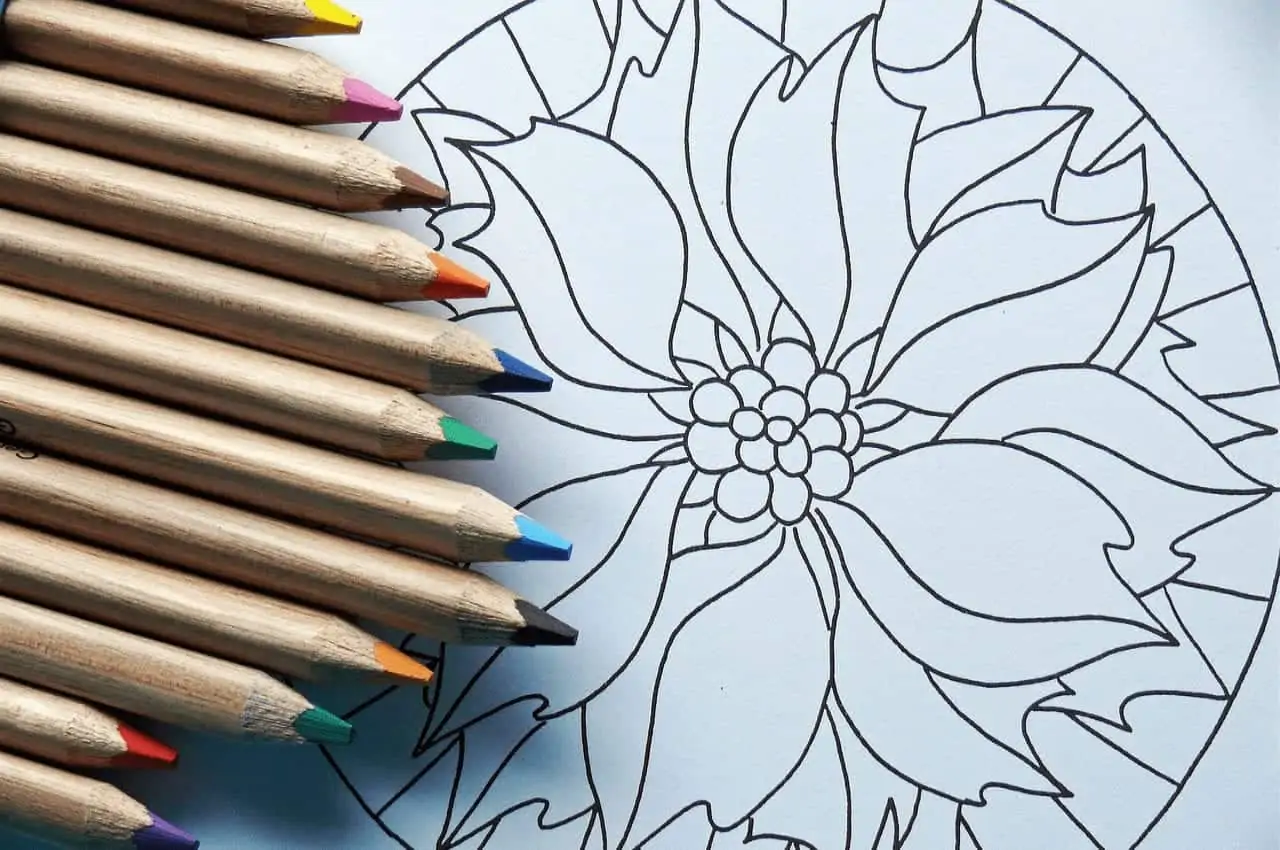Ink is a versatile and dynamic medium that has been used by artists for centuries. Its a great way to create bold, expressive drawings. Whether you’re a seasoned artist or just starting out, drawing with ink can be fun and challenging. In this comprehensive guide, we’ll take you through the basics of how to draw with ink, including the materials you’ll need, different techniques for creating lines, and tips for creating successful ink drawings.
Table of Contents
Materials
- Ink: When it comes to ink, choose a waterproof, pigment-based ink for best results. Many colors are available and there are some great products. Popular options include India ink, sumi ink, and technical ink. Remember, the more pigment in the ink the more it is likely to cost, but cost doesn’t always mean quality so do your own research and try different inks to see which suit your style best.
- Pens or Brushes: Different pens and brushes offer different benefits. You can get a variety of line widths, so consider purchasing a set with different tip sizes. Fine-tipped pens are great for detailed work, while brushes can be used for larger washes and blending, so a good selection of each can be useful. Traditional quills can create great effects too. A properly cut feather can give you fine delicate lines or wide rougher bands of colour and the edges of the feather can also be used for blending.
- Paper: Choose a heavy, smooth paper that will not bleed through when the ink is drying. High-quality Bristol board or watercolor paper are the best options. Stretching the paper can also help to keep it flat. Just make sure it is thoroughly dry before drawing on it.
Techniques
- Hatching or Parallel Shading: Hatching is a technique used for building up value and texture by creating a series of close parallel lines.
- Cross-Hatching: Cross-hatching is created by overlapping your lines in a perpendicular direction, resulting in a denser value. Simply draw one set of lines as you did with Hatching and then draw a second set of lines crossing them.
- Stippling: Stippling involves using small dots to build up value and texture. It can also be done with a big old bristle brush where the bristles are splayed. You can layer colors up together or even use a dry brushing technique to add texture to your drawing.
- Blending: Blending is the process of softening or smoothing the edges of your ink lines by brushing over them with a damp or wet brush. The wetter the brush the more the lines will spread. When blending colors the general rule is to work towards the lighter color first and then blend the lighter color into the darker one, but there are always exceptions..
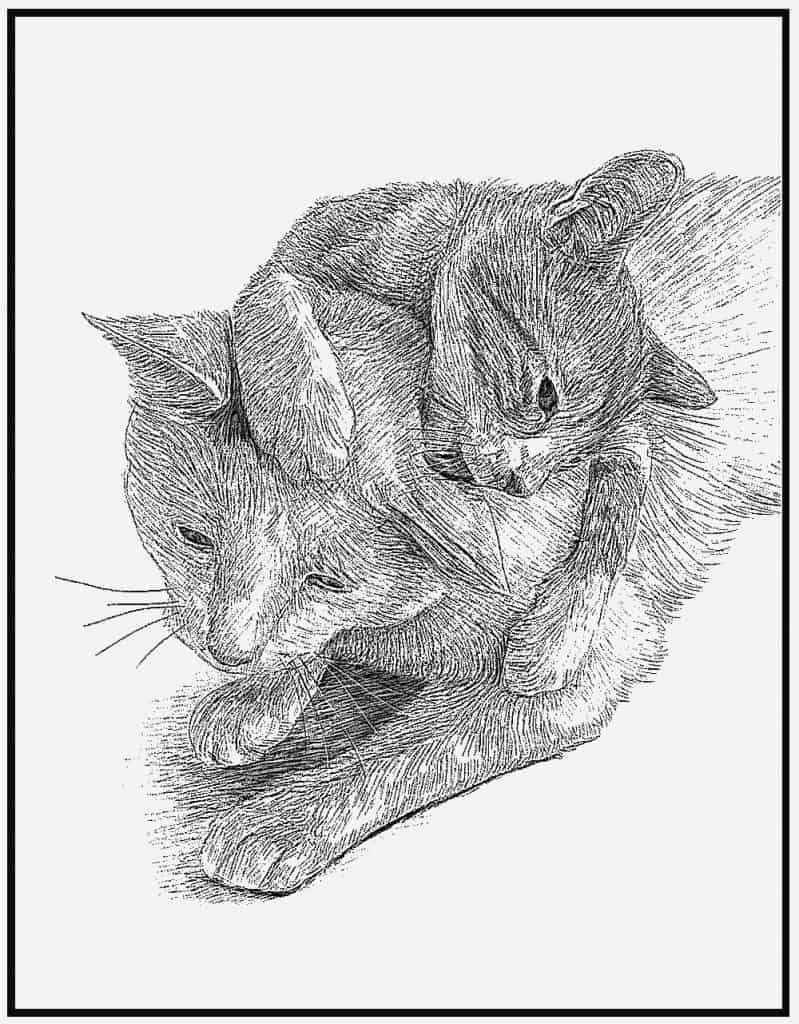
Tips for Successful Ink Drawings
- Work Quickly: Ink dries quickly, especially on hotter days. It will also smudge and is spread easily. Work fast and try to keep your hand off the paper. If it helps you can use a Mahl stick or a hand rest to help. This will help you to avoid smudging the inkk and ruining your drawing.
- Experiment with Tools: Try different pens, brushes, and ink types to find what works best for your style.
- Practice: As with any skill, the more you practice, the better you will become. Good results can take time.
- Experiment with Subject Matter: Try drawing a variety of subjects to keep your work interesting. As you learn you will expand your skills and you will see improvements.
- Use Reference Images: Using reference images, whether photographs or live models, can help you to achieve accurate proportions and details in your drawings. Understanding perspective is vital and you do need to practice your observation skills.
- Pay Attention to Values: Values are the light and dark areas in your drawings, and paying attention to them can greatly improve the overall impact of your work. Understanding color and tone can make a world of difference to your art.
Common Mistakes to Avoid
- Allow the ink to dry completely before adding additional layers, unless you want the ink colors to mix.
- Don’t overwork the ink. It can cause muddy colors and blurred lines which can ruin a great drawing.
- Using poor quality ink or allowing your hand to rest on the paper can result in smudging or bleeding of colors. All it takes is one accidental move and you can destroy the work you have put in so be careful where you rest your hands.
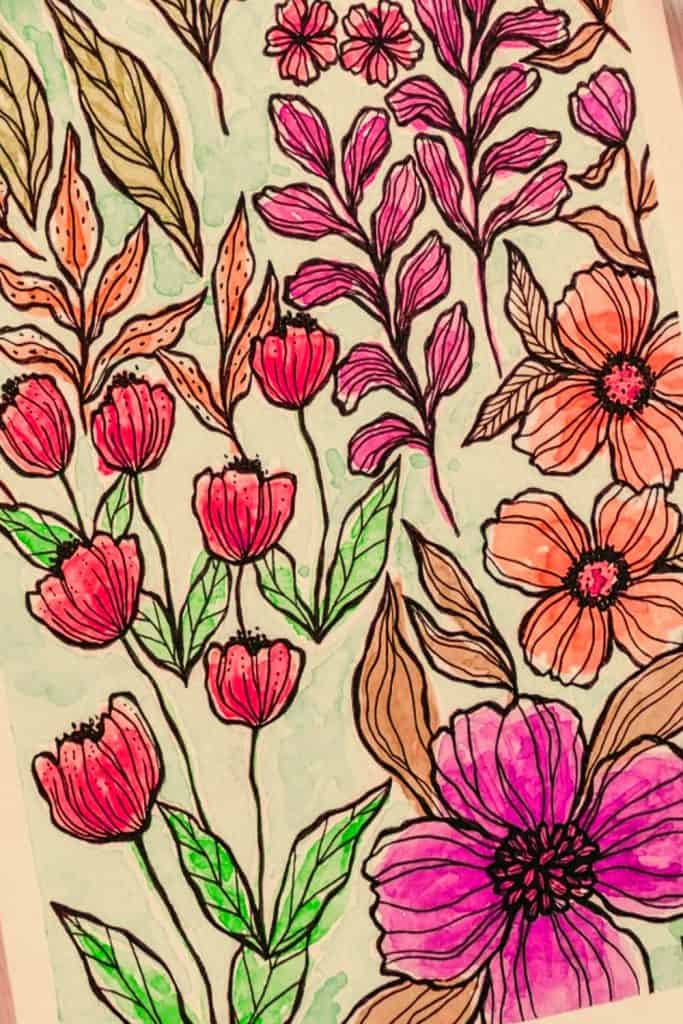
Conclusions
Drawing with ink is a fantastic way to express your creativity and refine your skills as an artist. With the right materials, techniques, and tips, you’ll be well on your way to creating stunning and unique ink drawings in no time. Don’t be afraid to experiment and have fun with the process!
The Importance of Persistence and Patience
When learning how to draw with ink, it’s important to remember that it takes time and persistence to develop your skills. Don’t be discouraged if your drawings don’t come out perfectly at first. Every artist has gone through a learning curve, and the most important thing is to keep practicing and learning from your mistakes.
Further Resources and Inspiration
If you’re interested in expanding your knowledge and skills in drawing with ink, ask other artists what their advice is and try it. Use internet forums too, they can be a great source of advice and help. There are many great books and online tutorials available, as well as a vibrant community of ink artists on social media platforms. Join online groups, go to any local workshops, and participate in ink drawing challenges to continue learning and growing as an artist.
Final Thoughts
Drawing with ink is a rewarding and enriching experience that can bring joy and satisfaction to your life. Whether you’re looking to improve your skills, express your creativity, or simply enjoy a new hobby, ink drawing is an excellent choice. So grab your paper, find a place to work, and start exploring the world of ink drawing today!
